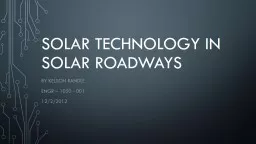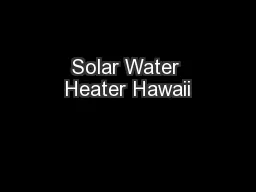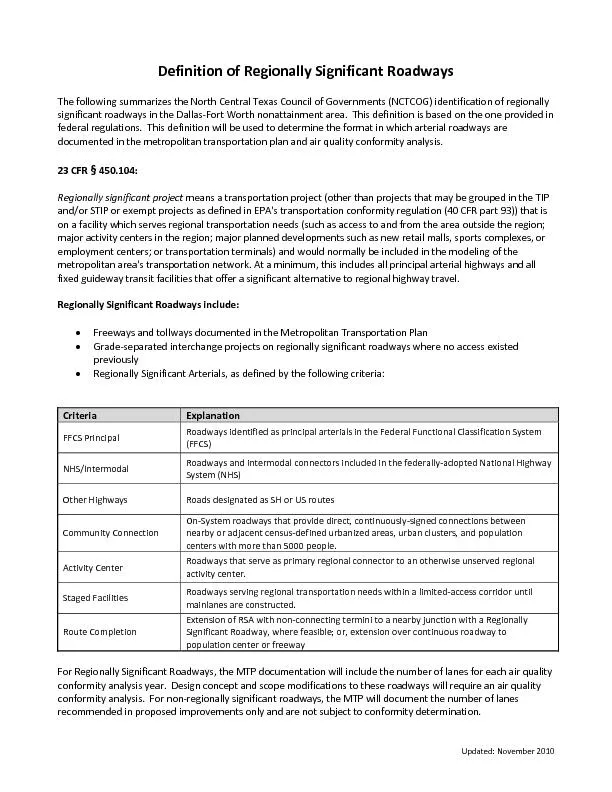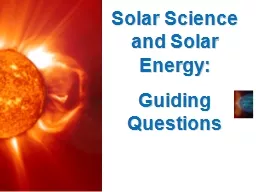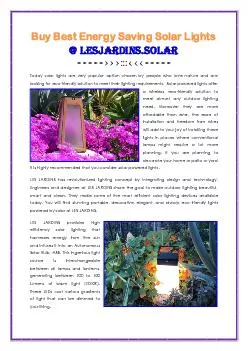PPT-Solar technology in solar roadways
Author : briana-ranney | Published Date : 2016-07-05
By kelson randle ENGR 1050 001 1222012 3 basic layers Top layer is super strong glass The middle layer is its Electronics The bottom layer Glass Layer Super
Presentation Embed Code
Download Presentation
Download Presentation The PPT/PDF document "Solar technology in solar roadways" is the property of its rightful owner. Permission is granted to download and print the materials on this website for personal, non-commercial use only, and to display it on your personal computer provided you do not modify the materials and that you retain all copyright notices contained in the materials. By downloading content from our website, you accept the terms of this agreement.
Solar technology in solar roadways: Transcript
Download Rules Of Document
"Solar technology in solar roadways"The content belongs to its owner. You may download and print it for personal use, without modification, and keep all copyright notices. By downloading, you agree to these terms.
Related Documents

